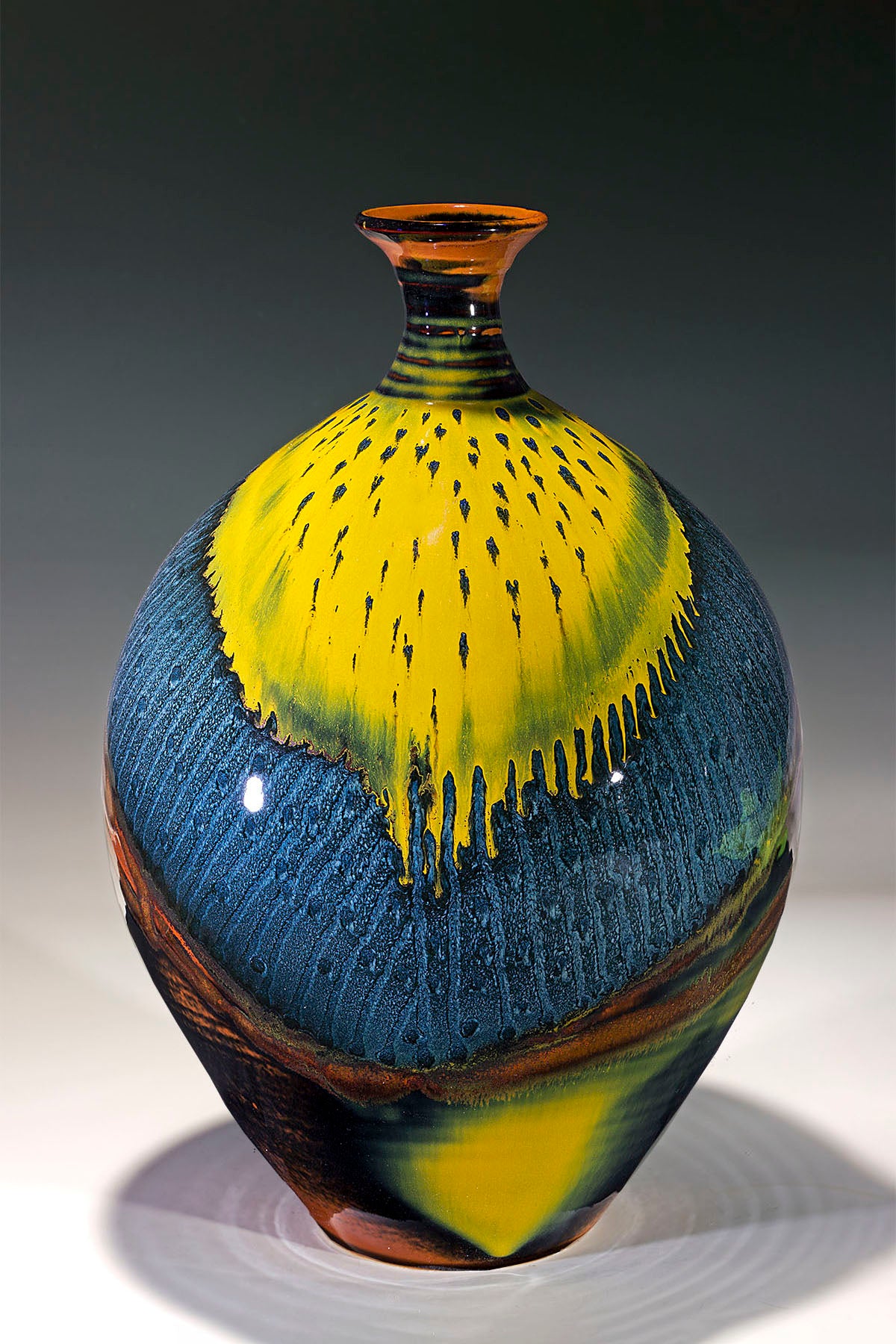Clay, and the clay I use
Clay is ubiquitous, it is literally everywhere. You can dig it yourself, and some people do, and refine it so that it's workable, form objects, dry them and ultimately fire them. People have been doing just this for as much as 20,000 years with the earliest pottery and shards found in Jiangxi province in central China. These were made 3,000 to 5,000 years before the cave paintings in Lascaux. Perhaps as much as 5,000 years before the development of written language. Copper is believed to have been discovered around 9,000 years ago.
Before even pottery, clay was used in the creation of figures such as the Venus of Dolní Věstonice dating back possibly as far as 29,000 BC. As much as 10,000 years ago, pottery was common throughout mainland China and around 5,000 years later it was common around the world.
I remember in college they hypothesized that the state change that accompanies the firing process may have been discovered when a reed basket lined with mud was laid too close to the fire. The baskets may have been lined with mud to prevent gathered seeds from falling out of the basket. I don't know if this is true, but it's certainly seems possible.
In any case, early pieces were pit or bonfire fired and probably reached temperatures of 1100 degrees or more. Clay can be broadly categorized as Earthenware, Stoneware and Porcelains with stoneware and porcelains being fired to significantly higher temperatures. Porcelain pottery originated in China beginning around 600 AD and necessitated more advanced kilns to reach the higher temperatures required by stoneware and porcelains. Unglazed earthenware is generally relatively porous, while stoneware and porcelains fired to maturity can have a porosity of less than 1%.
Porcelain clays are typically fired to the highest temperatures, as much as 2600 degrees Fahrenheit I fire to approx. 2350 F (Cone 10). Fired to the correct temperatures, and with the proper formulation of ingredients, porcelain can achieve translucency. I was always amazed to see the work of Rudy Staeffel and the translucency that he was able to produce. I have made several pieces that, when held up to the light, achieved a degree of translucency. Translucence can be heavily impacted by thickness as well as the composition of the clay.
Several factors are taken into account when choosing a clay body: availability, plasticity, texture, color, and firing temperatures among them. Before I chose my first clay body, I purchased a high-fire gas kiln from Bailey Pottery. I had previously fired at high temperatures and wanted to resume firing to Cone 10 (approx. 2350 F). I wanted to find a commercially available clay body that would throw well, was from a dominant clay supplier, and was relatively white to support bright color development. Ultimately I settled on Cone 10 B-Mix.
My first choices were informed by my previous experiences in pottery which pretty much ended in the late 70s. Previously I had fired in a gas kiln, which supported both reduction and the introduction of salt in the later stages of the firing. Salt was introduced to create certain surface characteristics of the pieces. I remembered it as being fun, and exciting, but would not be appropriate for my new kiln, and has some significant environmental impacts. Today, more people seem to have replaced salt with soda.
Reduction is a process in which the amount of oxygen available to support "clean" combustion is limited during certain parts of the firing. This essentially allows for the development of certain colors that are generally not available in an electric kiln or an oxidizing atmosphere where combustion is clean or complete. Copper and iron compounds can be significantly altered by reduction turning copper greens to copper reds, for instance.
The choices of fuel, temperature, atmosphere and palette are key in the selection of a clay body.
I'll try to address the concept of reduction further in a subsequent post.
B-Mix is commonly referred to as a white stoneware or a dirty porcelain. It is very fine toothed, easy to throw, and holds it's form very well at peak temperatures. I loved all of these qualities, but I was not happy with the way that certain glazes responded on B-Mix. I found Celadons in particular to be flat, without depth. I switched to porcelain and loved the color response, but was frustrated by the warping that I experienced at Cone 10. I wasn't really interested in translucency, and I began to experiment with B-Mix and porcelain combinations. I did 80/20, 20/80, 60/40, 40/60 and everything in between, finally settling on 50/50. The porcelain I'm currently using is Helios from Highwater Clays, which I mix in a Peter Pugger. For many years I used a Laguna clay body called Anapau which is a higher temperature modification of Coleman Porcelain. I liked Anapau, but it comes from the West Coast and Highwater is in Asheville, NC. I believe that the B-Mix/Helios combo is a bit whiter, and perhaps moves a bit more in the firing. There's no free lunch.
It seems to me that every choice in ceramics is a compromise. My current clay body is not perfect (as I am certainly not), but I've come to understand it's strengths and limitations within my environment and method of working.




